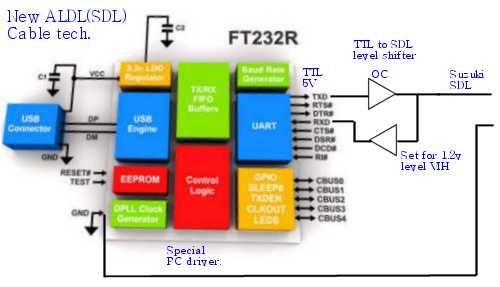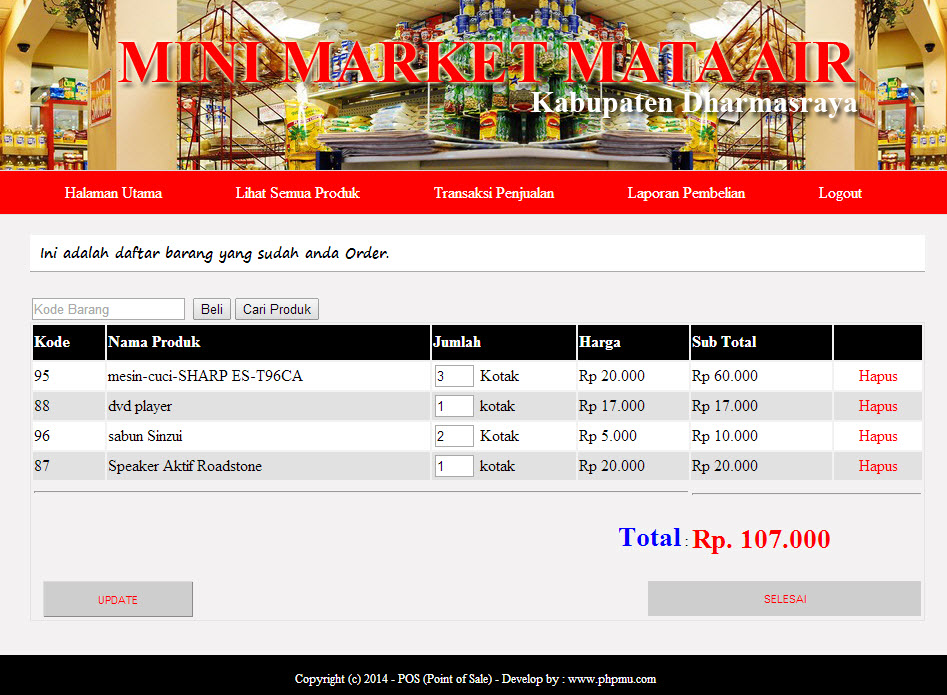
Aldl Usb Driver
(see USB guide) If you are using the AutoProm, ensure that it is set to pass-through *NOT* AutoProm mode. (see AutoProm troubleshooting guide) On most 160 baud applications, you will need to set the switch to 10k mode on your AutoProm or ALDU1; Set the COM port selection in WinALDL to match what it set up to on the USB driver under the control panel.
About WinALDL is software to datalog on GM vehicles that use the old 160 baud rate. This includes but is not limited to vehicles using a 1227747 and 1227165 ECM. Most older TBI GM computers will speak this protocol. WinALDL does NOT speak to newer GM OBD1 vehicles that use 8192 baud communication. WinALDL is available from WinALDL was written several years ago. It will work best on Windows XP or older operating systems, if available. You may need to use a VM or Windows XP compatibility mode on newer Windows7 systems in order for it to run 100% properly.
WinALDL will work with both our ALDU1 and AutoProm. Setup There are a few setup tasks that need to be performed. • Ensure that your ALDU1 or AutoProm is assigned a COM port between 1 and 4. Make sure you choose a port that does not conflict with system resources. (see ) • If you are using the AutoProm, ensure that it is set to pass-through *NOT* AutoProm mode. (see ) • On most 160 baud applications, you will need to set the switch to 10k mode on your AutoProm or ALDU1 • Set the COM port selection in WinALDL to match what it set up to on the USB driver under the control panel.
• Set the baud rate to 4800 within the WinALDL program. • Select the ECM type in WinALDL which matches your ECM. • Make sure the ALDU1 is connected to the laptop prior to starting the software. • Turn your key off, connect the ALDU1 to the car, and start the software. • Turn the car on, it should connect.
ALDL 12 pins connector - front view Assembly Line Diagnostic Link or ALDL is a proprietary system developed by before the standardization of. It was previously called Assembly Line Communications Link or ALCL. Bordados gratis para descargar formato pessego. The two terms are used interchangeably. This system was only vaguely standardized and suffered from the fact that specifications for the communications link varied from one model to the next.
 ALDL was largely used by manufacturers for diagnostics at their dealerships and official maintenance facilities. The connector is usually located under the dash on the driver's side of left-hand drive (LHD) vehicles, though this location was not standardized.
ALDL was largely used by manufacturers for diagnostics at their dealerships and official maintenance facilities. The connector is usually located under the dash on the driver's side of left-hand drive (LHD) vehicles, though this location was not standardized.
For the assembly plant test system computer that was connected to this vehicle connector and known by the same name, see the article. In the late 1980s the system was migrated to the ADTS system (ALDL Development and Test System) which utilized an industrialized IBM PC with custom interface hardware. Diagnostic connector [ ] There were at least four different connectors used with ALDL. General Motors implemented both a 5-pin connector and a 12-pin connector, with the 12 pin connector (Packard/Delco/Delphi part number 12020043) being used in the vast majority of GM cars. Lotus implemented a 10-pin connector.
The pins are given letter designations in the following layouts (as seen from the front of the vehicle connector): 12-pin ALDL connector pinout F E D C B A G H J K L M 10-pin ALDL connector pinout A B C D E K J H G F 5-pin ALDL connector pinout A B C D E Note the difference in pin ordering between the connectors and the fact that the letter I is not used. Unfortunately, the definition of which signals were present on each pin varied between vehicle models. There were generally only three pins used for basic ALDL —ground, battery voltage, and a single line for data—, although other pins were often used for additional vehicle-specific diagnostic information and control interfaces. No battery voltage is present in the 12 pin ALDL connector. Data stream [ ] The earliest implementations of ALDL were unidirectional and transmitted serial data at 160 using. Some 160 baud models constantly transmitted sensor data on startup, while others started transmitting data when placed in diagnostic mode with a resistor connected to the ALDL port.